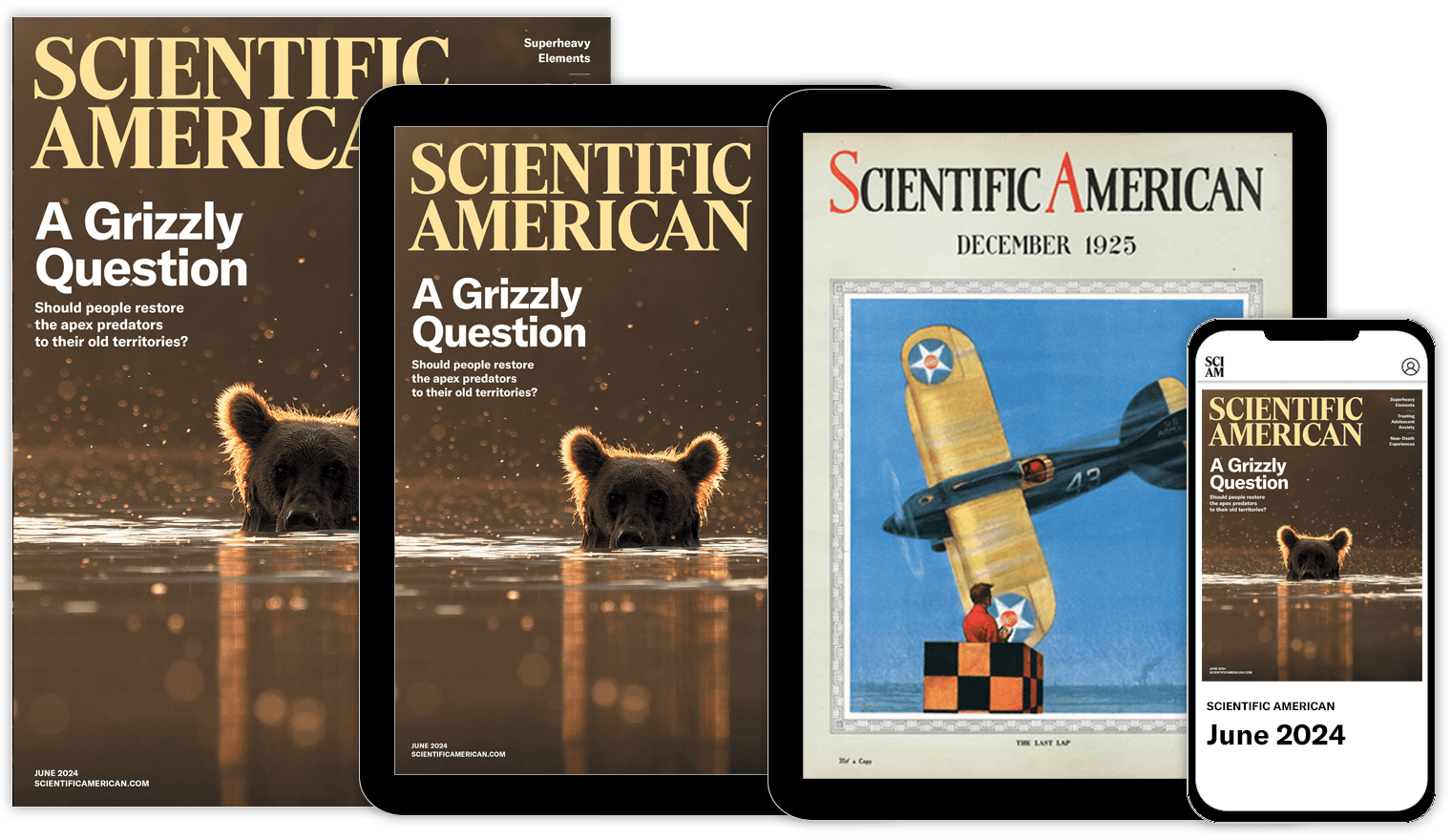关于支持科学新闻
如果您喜欢这篇文章,请考虑订阅我们的获奖新闻,以支持我们的工作。 订阅。通过购买订阅,您正在帮助确保未来关于塑造我们当今世界的发现和想法的具有影响力的故事的诞生。
考虑到需要器官移植的患者可获得的供体器官有限,科学家们长期以来一直梦想着能够使用其他物种作为器官来源。考虑到它们的体型、繁殖特性以及为食物而饲养的事实,猪通常被认为是最合适的潜在供体。然而,问题在于,猪细胞表面带有糖分子,这些糖分子会触发移植接受者体内剧烈的免疫反应——这种攻击可以在几分钟内杀死供体器官。为器官配备保护性蛋白质的努力仅成功地将排斥反应延迟了几个月。但新的研究结果表明,解决这个难题的方案现在触手可及。根据《科学》杂志今天发布的一份报告,研究人员克隆了一组经过基因工程改造的猪,这些猪部分缺乏这种免疫反应的关键组成部分。这一成就可能代表着朝着实现异种移植成功梦想迈出的重要一步。
为了制造他们的猪,密苏里大学的兰德尔·S·普拉瑟和他的同事从胎猪细胞开始, “敲除”了负责制造炎症性糖分子的基因的拷贝。然后,他们将修饰后的猪细胞与猪卵融合,并将3000个克隆胚胎植入代孕母猪体内。幸存的四只小猪每只都携带一个不活跃的基因拷贝和一个活跃的基因拷贝。猪仍然可以用一个活跃的基因拷贝制造糖分子。为了完全消除糖的产生,研究人员必须生产出相关基因的两个拷贝都不活跃的猪——普拉瑟告诉《科学》杂志,他希望在18个月内实现这一目标。
